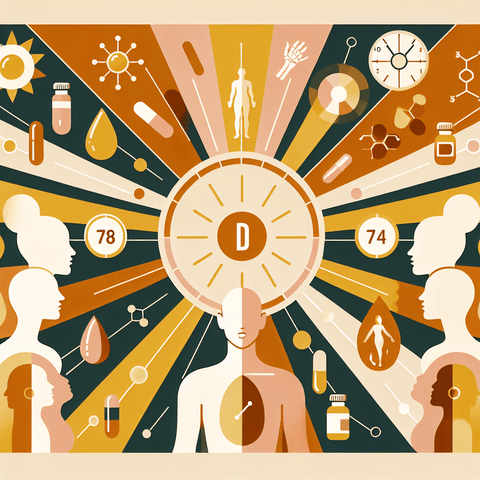Vitamin d deficiency is a common topic that intersects everyday life and health considerations. This page explores the signs you might notice, the risks linked to persistent low levels, and approachable steps people consider to address it. Understanding vitamin d deficiency involves recognizing how the body uses sun exposure, nutrition, and overall wellness strategies. While the topic can feel technical, the goal here is clarity about what could indicate a need for testing and conversation with a healthcare professional. Many people with vitamin d deficiency report a range of signs that can be subtle or nonspecific. Fatigue, mood changes, and occasional discomfort in muscles or joints are among the experiences some notice. Because these signals can resemble other everyday factors, a check with a clinician or testing might be considered when concerns arise. The presence of signs alone does not confirm a deficiency, but they can prompt a discussion about testing. Chronic vitamin d deficiency is linked with various considerations depending on personal factors such as location, lifestyle, and aging. Safe sun practices are one part of the conversation people explore as they navigate exposure in relation to their needs and local conditions. This section focuses on recognizing the possibility of deficiency and planning next steps with a trusted professional rather than prescribing a one-size-fits-all approach. Decisions about sun exposure, dietary sources, and supplementation should be guided by personal health history and clinical advice. Easy fixes, in general terms, involve thoughtful strategies that are discussed with a healthcare professional. The conversation may include safe sun strategies, awareness of dietary sources, and the option of simple supplements, always under the supervision of a clinician. The aim is to understand how such steps could fit into a broader plan for addressing vitamin d deficiency, rather than making self-directed health claims. If you notice persistent signs or have risk factors, discuss testing and next steps with a clinician and explore reliable resources for information.






